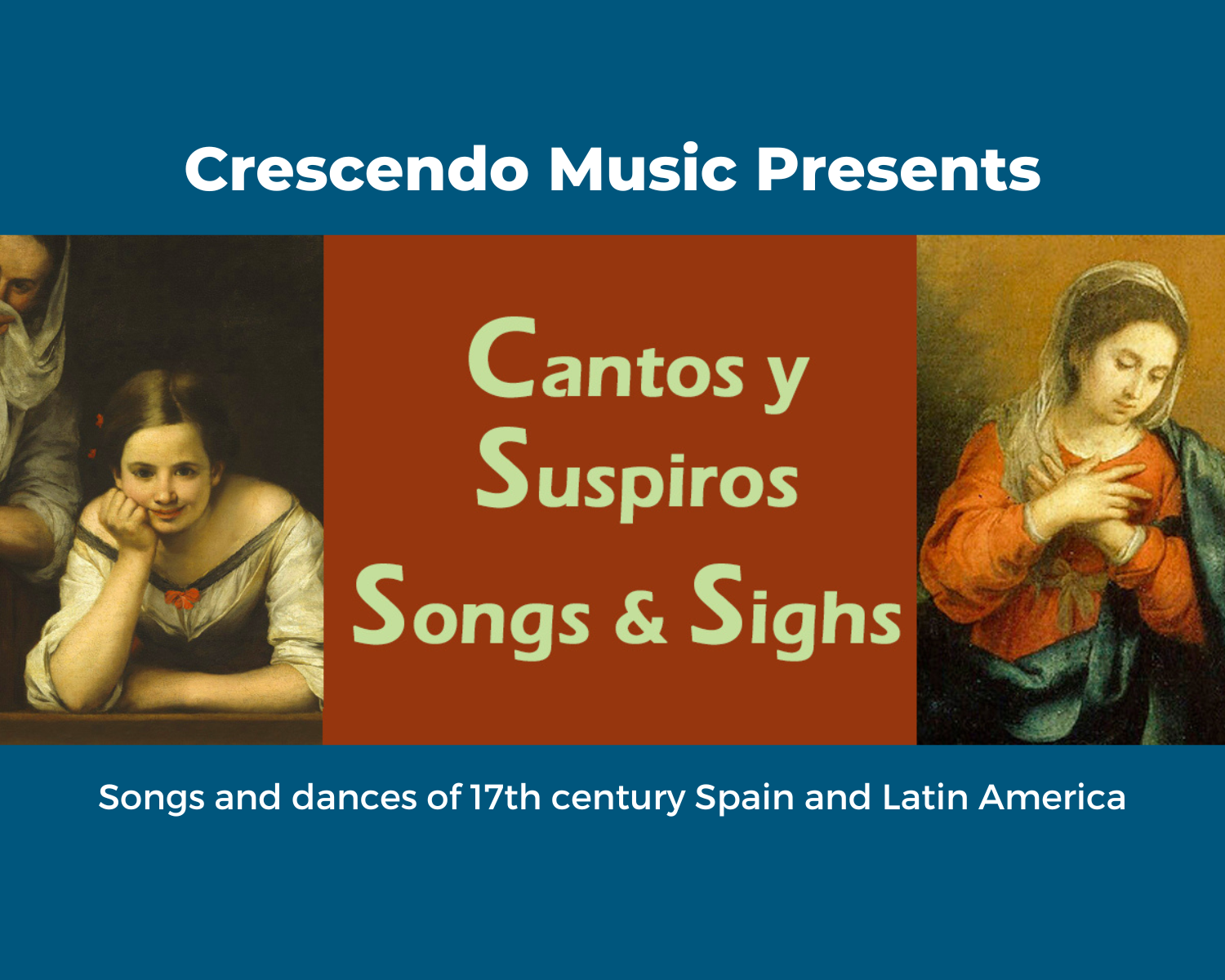Hispanic music of the 17th and early 18th centuries by master composers Juan Hidalgo, Juan de Návas, José Marín, Cristóbal Galán and others. Colorful Spanish and Latin American dances and songs of nature, birds, the sea, wind and the forest, depict the pleasures and treacheries of love; and villancicos and devotional airs – the oldest surviving source of music produced in these regions – illustrate the national identities of these regions.
The most popular forms in Hispanic early Baroque music were the tono humano and tono divino, secular and sacred songs or airs. They were essential elements at social gatherings and religious festivities as theater, domestic and devotional music.
Colombian native soprano Camila Parias brings a versatile and unique tone of voice to this repertoire. The diversity of timbres of the instrumental ensemble accompanying her – a violin, a viola da gamba, a Baroque harp, a Baroque guitar and theorbo, a virginal and an organ – illustrate the richness of the “human passions ” that this music evoques. Some of the titles of the tonos and villancicos speak for themselves: “Rompa el aire en suspiros” (The air breaks out in sighs), “Pajarillo que bien cantas ausente” (Little bird, your song in absence), “La Borrachita de Amor” (The little drunk lover), “Pajarito que en el aire elevado” (Little bird, soaring high in the air) and “Nace la aurora divina” (The divine dawn is born) – among others.
Performers are: soprano Camila Parias, Baroque harpist Christa Patton, guitarist and theorbist Hideki Yamaya, violinist Job Salazar, viola da gamba player Gina Allende and Christine Gevert, virginal and organ.
For these concerts support has been provided to Crescendo from CT Humanities (CTH), with funding provided by the Connecticut State Department of Economic and Community Development/Connecticut Office of the Arts (COA) from the Connecticut State Legislature.

